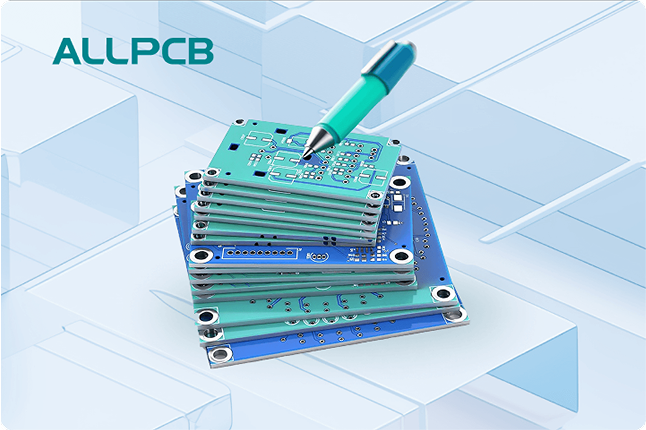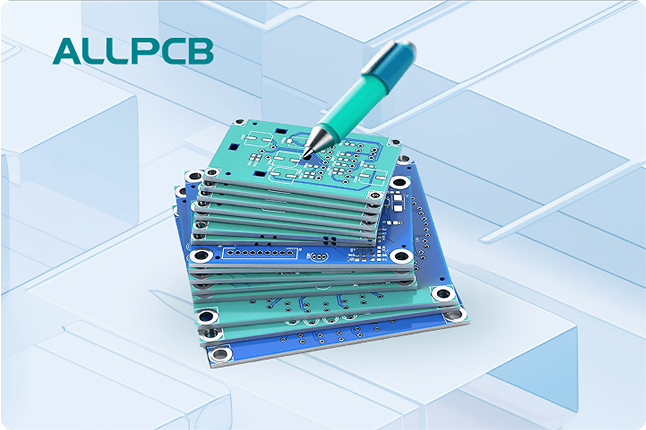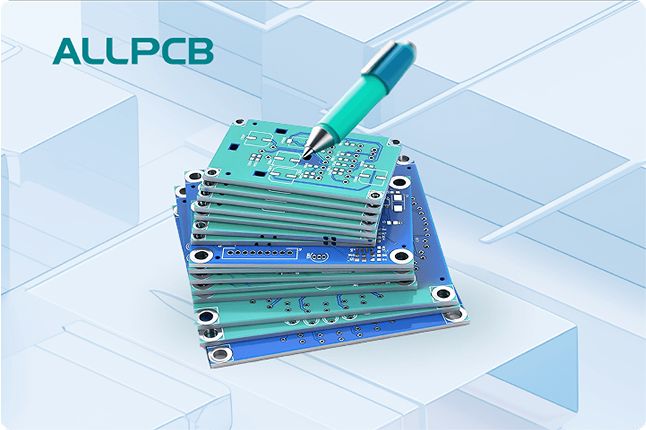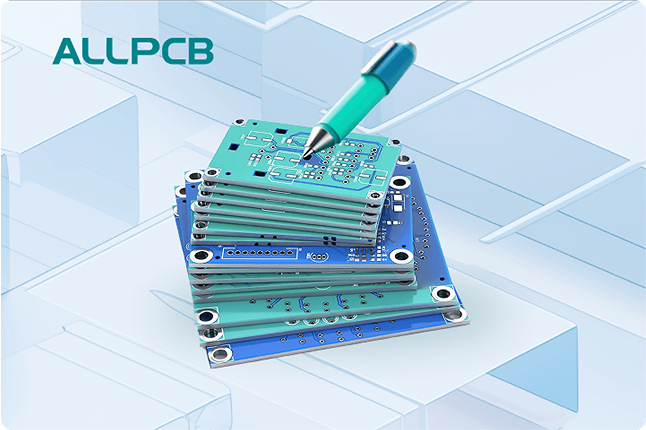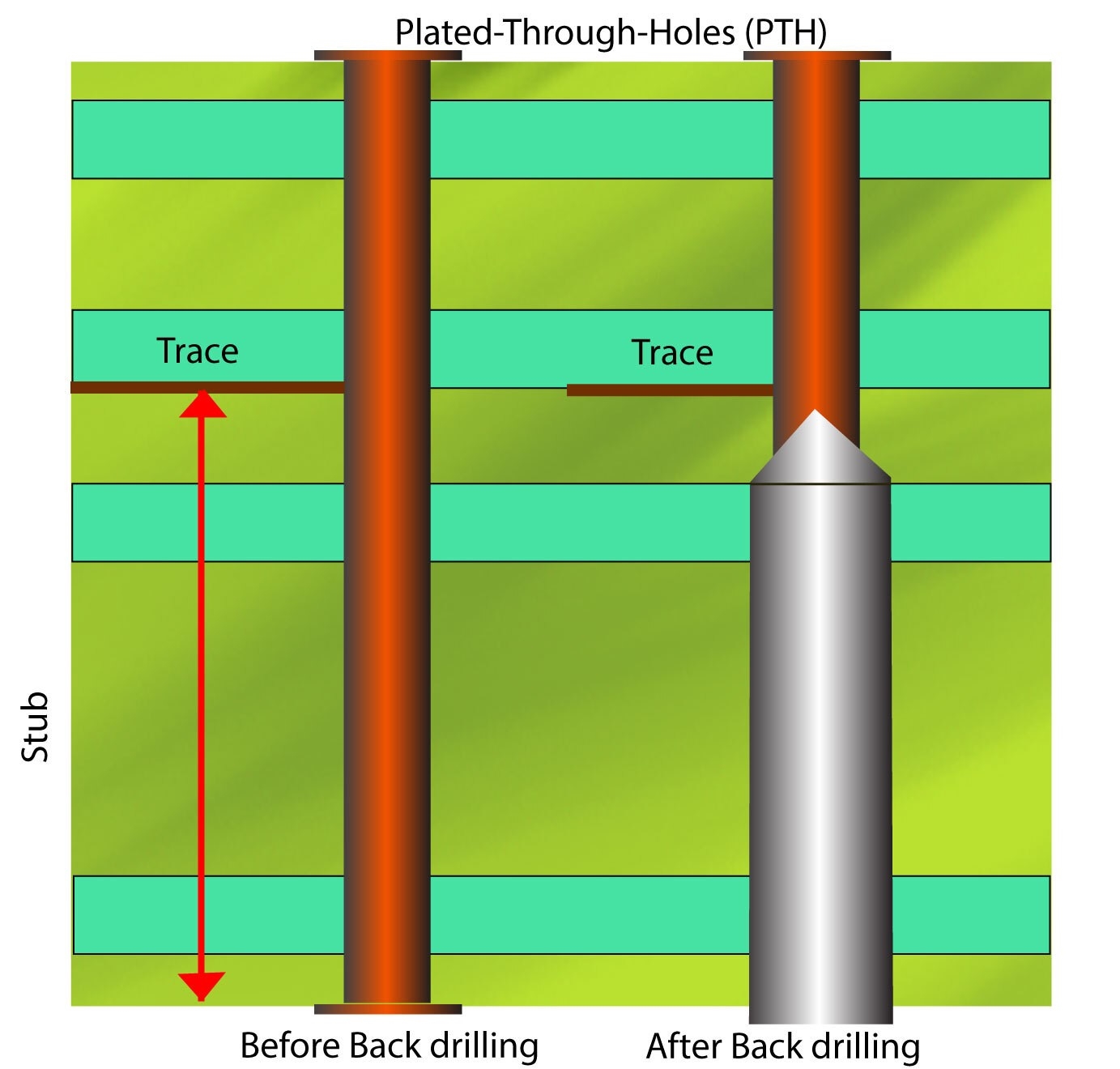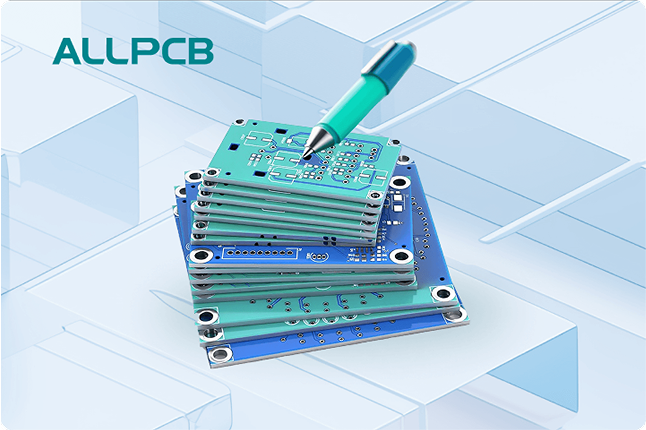In the world of PCB design, trace spacing plays a critical role in ensuring signal integrity. If you're wondering how trace spacing affects impedance control, minimizes crosstalk, and reduces signal reflections, the answer lies in its influence on electromagnetic fields and signal behavior. Proper spacing between traces can prevent unwanted interference, maintain consistent impedance, and ensure high-speed signals travel without distortion. In this blog, we'll dive deep into the science behind trace spacing, explore practical design tips, and explain how it impacts your PCB's performance.
Why Trace Spacing Matters in PCB Design
Trace spacing refers to the distance between conductive traces on a printed circuit board (PCB). While it might seem like a minor detail, this spacing directly affects how signals behave as they travel through the board. For high-speed designs, where signals switch at gigahertz frequencies, even a small miscalculation in spacing can lead to major issues like crosstalk, impedance mismatch, or signal reflections.
Trace spacing is especially important for three key reasons:
- Impedance Control: The spacing between a trace and its reference plane (like a ground plane) or adjacent traces impacts the characteristic impedance, which must be consistent to avoid signal distortions.
- Minimizing Crosstalk: Close traces can couple electromagnetically, causing interference or "crosstalk" that disrupts signal integrity.
- Reducing Signal Reflections: Improper spacing can lead to impedance mismatches, causing signals to reflect back and create noise or data errors.
In the sections below, we'll break down each of these aspects and provide actionable insights for optimizing trace spacing in your designs.
Understanding Impedance Control with Trace Spacing
Impedance control is a fundamental concept in high-speed PCB design. Characteristic impedance, often targeted at values like 50 ohms or 100 ohms for differential pairs, depends on several factors, including trace width, trace thickness, dielectric material, and trace spacing. The spacing between a trace and its reference plane (usually a ground or power plane) or between differential pair traces directly influences the electric field distribution, which in turn affects impedance.
For instance, in a microstrip configuration (where traces are on the surface of the PCB with a ground plane below), increasing the spacing between the trace and the ground plane by using a thicker dielectric layer will increase the impedance. Similarly, for differential pairs, reducing the spacing between the two traces in the pair lowers the differential impedance, often requiring precise calculations to match the target value, such as 100 ohms for USB or HDMI signals.
To achieve proper impedance control, designers often use simulation tools or formulas based on the board's stack-up. A common guideline is to maintain a trace spacing-to-width ratio that aligns with the desired impedance. For example, a trace width of 5 mils (0.127 mm) might require a specific spacing to the ground plane or adjacent traces to hit a 50-ohm impedance, depending on the dielectric constant (Dk) of the material, which is typically around 4.2 for standard FR-4 material.
Practical Tip: Use a controlled dielectric thickness and consistent trace spacing in your design to maintain uniform impedance across the board. Collaborate with your manufacturing partner to ensure the dielectric thickness and material properties match your calculations.
How Trace Spacing Helps Minimize Crosstalk
Crosstalk occurs when the electromagnetic field from one trace interferes with a nearby trace, causing unwanted noise or signal distortion. This is a major concern in high-speed and high-density PCB designs, where traces are often routed close together to save space. The closer the traces, the stronger the coupling, and the higher the risk of crosstalk.
Trace spacing is one of the most effective ways to minimize crosstalk. A widely used rule of thumb in the industry is the "3W rule," which suggests that the spacing between adjacent traces should be at least three times the width of the trace. For example, if your trace width is 5 mils, the spacing should be at least 15 mils to reduce electromagnetic coupling. This spacing helps weaken the electric and magnetic fields between traces, lowering the chance of interference.
In addition to spacing, other techniques can complement trace spacing to further minimize crosstalk:
- Ground Planes: A solid ground plane beneath signal traces acts as a shield, absorbing stray electromagnetic fields and reducing coupling.
- Guard Traces: Placing grounded traces between high-speed signal traces can act as a barrier to prevent crosstalk.
- Staggered Routing: Avoid running parallel traces for long distances. Instead, route traces at 90-degree angles or cross them to minimize coupling.
Practical Tip: For high-speed designs like DDR memory or PCIe interfaces, aim for trace spacing that exceeds the 3W rule if board space allows. Simulations can help predict crosstalk levels and guide spacing decisions.
Minimizing Signal Reflections Through Proper Trace Spacing
Signal reflections happen when a signal encounters an impedance mismatch along its path, causing part of the signal to bounce back toward the source. These reflections can distort the signal, leading to errors in data transmission, especially in high-speed applications. Trace spacing plays a role in minimizing signal reflections by helping maintain consistent impedance along the trace.
For example, if trace spacing between differential pairs or to the reference plane varies along the route, the impedance can fluctuate, creating mismatches. A sudden change in spacing might cause the impedance to jump from 50 ohms to 60 ohms, triggering reflections. To avoid this, designers must ensure uniform spacing and avoid abrupt changes in trace geometry.
Signal reflections are particularly problematic in high-speed designs where signal rise times are short (e.g., less than 1 nanosecond for signals above 1 GHz). Even small mismatches can cause significant reflections, leading to overshoot, undershoot, or ringing in the signal waveform.
Practical Tip: Use consistent trace spacing and avoid routing high-speed traces near board edges or over splits in the ground plane, as these can disrupt impedance. Tools like time-domain reflectometry (TDR) can help identify impedance discontinuities during testing.
Balancing Trace Spacing with Board Size and Cost
While increasing trace spacing is beneficial for controlling impedance, minimizing crosstalk, and reducing signal reflections, it often comes with trade-offs. Larger spacing means more board area is needed, which can increase the size and cost of the PCB. In high-density designs, where components and traces are packed tightly, achieving optimal spacing can be challenging.
To strike a balance, designers must prioritize critical signals, such as high-speed data lines, for wider spacing while using tighter spacing for less sensitive signals. Layer stacking also plays a role—using multiple layers with dedicated ground planes can help isolate signals and reduce the need for wide spacing on a single layer.
Practical Tip: Plan your PCB layout early in the design process to allocate space for critical traces. Use simulation software to test different spacing configurations and find the best compromise between performance and board size.
Material and Manufacturing Considerations for Trace Spacing
The effectiveness of trace spacing in controlling impedance and minimizing crosstalk also depends on the materials used in the PCB and the manufacturing process. The dielectric constant (Dk) of the substrate material, typically ranging from 3.8 to 4.5 for standard FR-4, affects how electromagnetic fields propagate and interact between traces. A lower Dk material can allow for tighter spacing while maintaining the same impedance, but it often comes at a higher cost.
Manufacturing tolerances also matter. Variations in trace width or dielectric thickness during fabrication can alter impedance and crosstalk behavior. For instance, a deviation of just 0.1 mil in trace spacing can shift impedance by several ohms in high-speed designs. Working closely with your manufacturing partner to ensure tight tolerances is essential for achieving the desired results.
Practical Tip: Specify your trace spacing and impedance requirements clearly in your design files and communicate with your manufacturer to confirm their capabilities. Request test coupons for impedance verification on critical designs.
Advanced Techniques for Optimizing Trace Spacing
For complex or high-speed designs, basic trace spacing rules may not be enough. Advanced techniques can further enhance signal integrity:
- Differential Pair Spacing: For differential signals like USB or Ethernet, maintain tight spacing within the pair (e.g., 5-8 mils) to ensure proper coupling, while keeping wider spacing (e.g., 20 mils or more) to adjacent signals to minimize crosstalk.
- Via Placement: Avoid placing vias too close to high-speed traces, as they can disrupt impedance and introduce reflections. If vias are necessary, use back-drilling to remove unused via stubs.
- Simulation Tools: Use field solvers or signal integrity analysis tools to model the effects of trace spacing on impedance and crosstalk before fabrication.
These techniques require careful planning and often collaboration with manufacturing partners to ensure feasibility and cost-effectiveness.
Conclusion: Mastering Trace Spacing for Better PCB Performance
Trace spacing is a critical factor in PCB design, directly impacting impedance control, crosstalk minimization, and signal reflection reduction. By understanding the relationship between spacing and signal behavior, and by applying practical design rules like the 3W rule or controlled dielectric thickness, you can optimize your PCB for high-speed performance. Balancing spacing with board size, leveraging advanced techniques, and working closely with your manufacturing partner are key steps to achieving reliable and efficient designs.
Whether you're designing for consumer electronics, automotive systems, or telecommunications, paying attention to trace spacing will ensure your signals remain clear and your circuits perform as intended. With the right approach, you can tackle the challenges of high-speed design and deliver robust, high-quality PCBs.
 ALLPCB
ALLPCB


